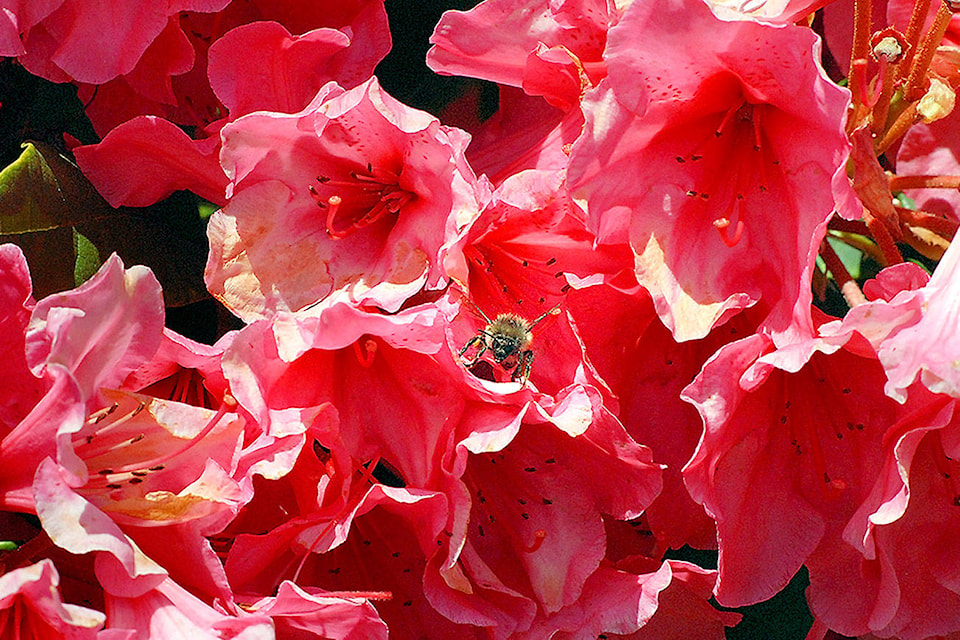Editor:
Over the last 40 years as a resident of White Rock, I have been fortunate enough to live on the hillside, looking across Semiahmoo Bay.
Within the city then, were large, open spaces allowing for wildlife to be seen every day. There were also wildflowers and wild herbs growing plentiful on them. With the plants came insects and songbirds.
I am still, after all of the years, in one of the small houses I write about.
My backyard is full of flowers in season, fruit trees and open green areas. I still have these insects and so many birds feeding in my yard, even during the winter. My neighbour of 40 years has moved away. Her property included a smaller house with a large yard – a gardener’s delight with a grassy area, vegetables, fruit trees and many flowers. Her yard was always full of birds feeding on the many insects. Not using insecticides and not having the toxic building sites that we have today polluting the environment, allowed the insects to flourish.
As an example, and unfortunately for the environment, a builder bought my neighbour’s house and removed all of the rhododendron bushes, fruit trees and flower gardens and with this many insects and songbirds, to build a very large house.
I have a beehive in my yard, I sit with my morning coffee watching the sun shine into my yard and witness the beehive coming alive with the many dozens of bees doing their daily duty of collecting pollen. The start of another day for them to forage as far away as three kilometres looking for flower beds, fruit blossoms and herb plants, which we are losing every month with older homes being demolished to make space for large homes.
We enjoy the honey produced by our bees, all from one hive in our yard, as well as fresh fruit and vegetables we grow, all on a residential lot just two blocks from city hall. The bees help to pollinate the flower beds around city hall – more so now the city has banned the use of insecticides within our beautiful city by the sea. Let us see beehives on city land.
The pollutants put into the soil on these new building sites should be stopped, smaller house sizes should be considered on residential lots, which would be a giant step forward in bringing back nature to our yards.
I have seen the environment damage to White Rock city lands and Semiahmoo Bay.
Bill Iley, White Rock
